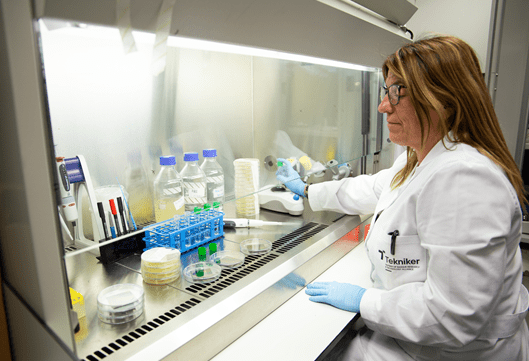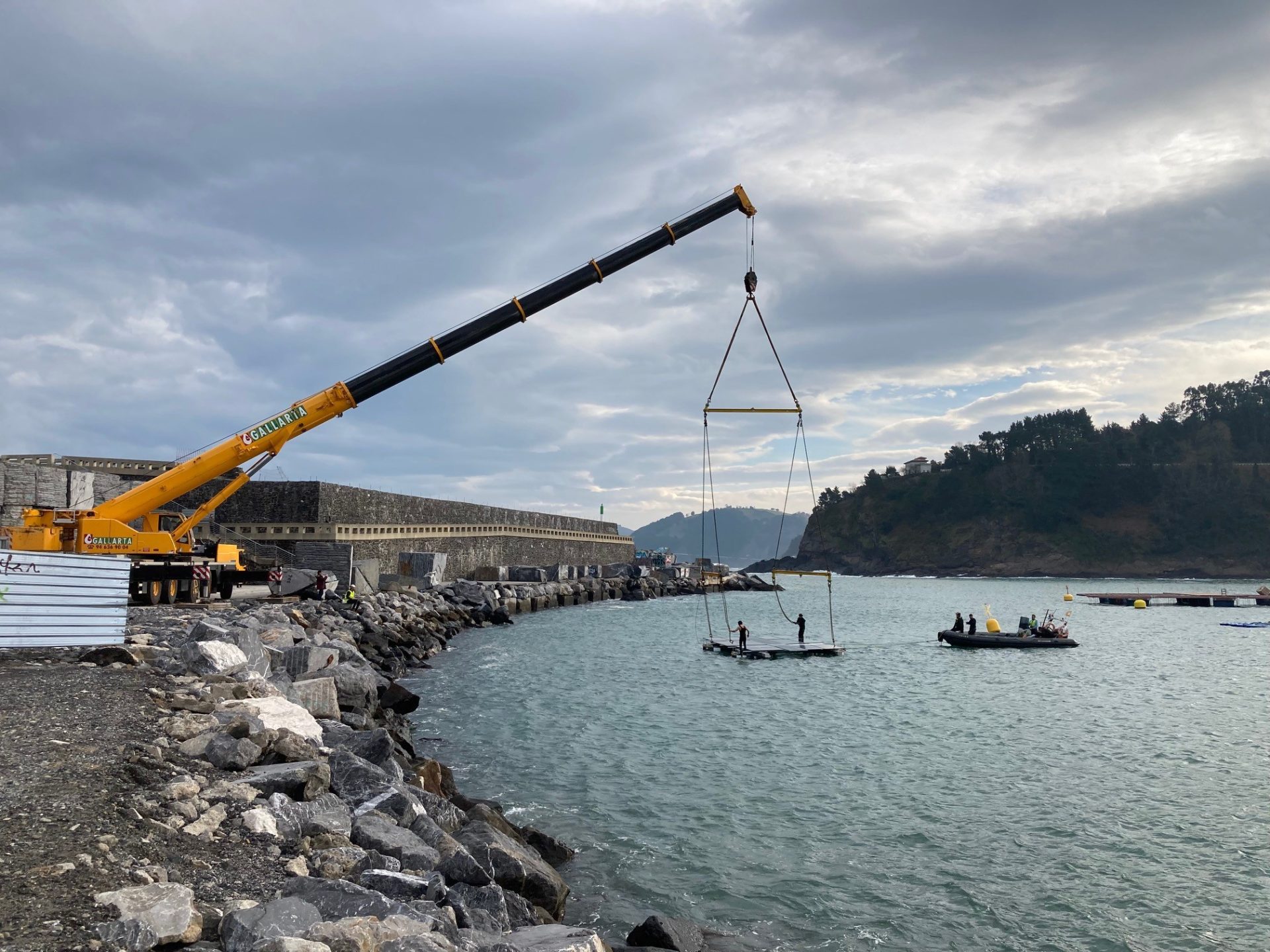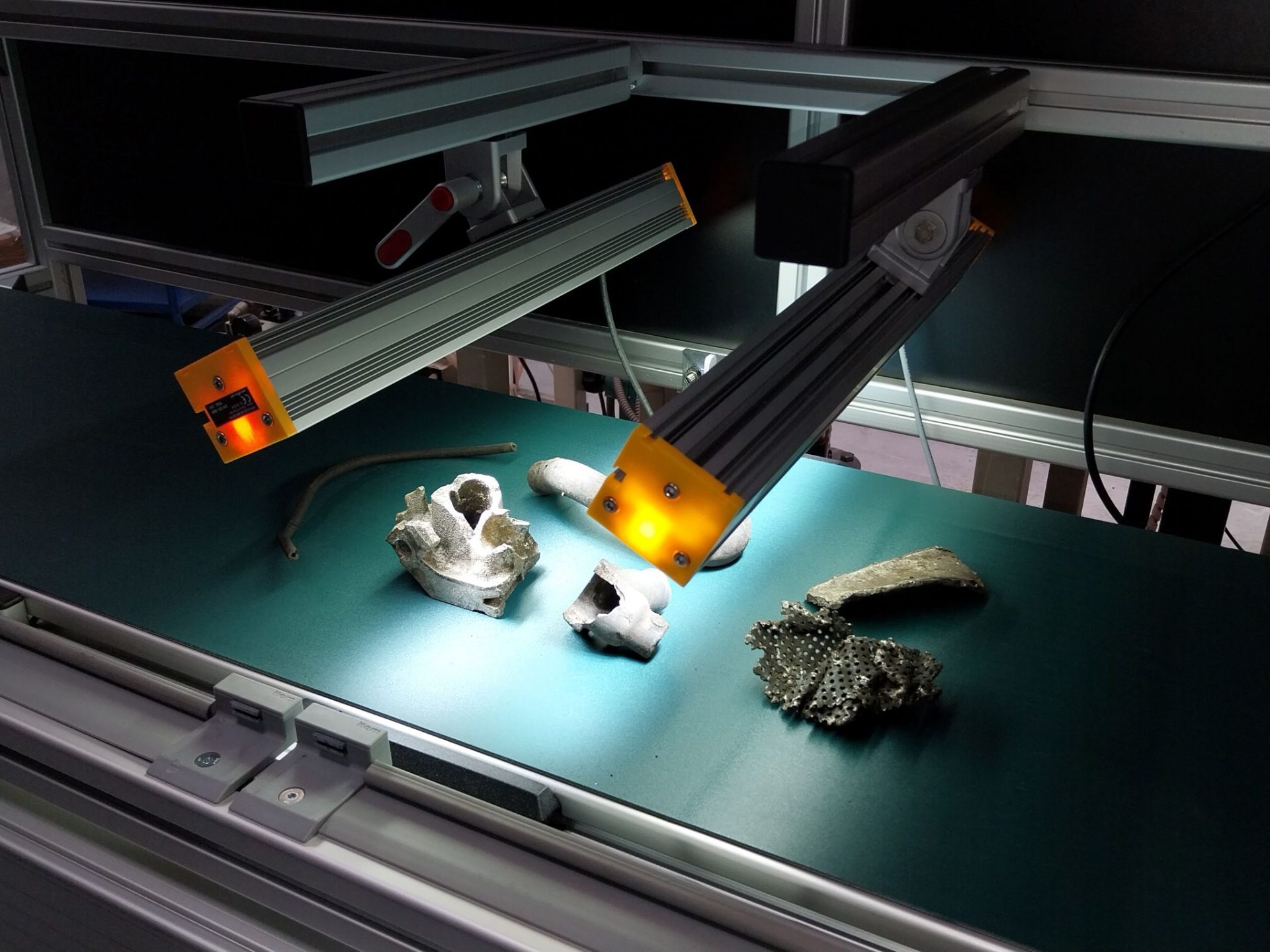An innovative device to assess toxicity of new materials and promote safe and sustainable design

The Tekniker technology centre is involved in the development of a system to serve as an alternative to traditional toxicological testing methods. The solution follows the recommendations of the European Commission to promote tests that consider the impact of new chemicals on health and the environment.
From 2022, the European Commission is promoting innovation and research to develop new, safer and more sustainable chemicals and materials. The SSbD (Safe and Sustainable by Design) concept, promoted through the Joint Research Center (JRC), seeks to minimise the use of potentially hazardous substances in production and reduce their impact on health, the climate and the environment.
In this context, the Basque technology centre Tekniker, a member of the Basque Research and Technology Alliance (BRTA), has been participating in the European TOXBOX project since 2024 to facilitate the implementation of the SSbD concept in the development of a state-of-the-art device to optimise the toxicological testing of these chemicals in line with international regulations.
The aim is to support safe and sustainable production, ensuring the protection of both human health and the environment in the process.
‘Current toxicity assessment methodologies are mainly based on in vivo animal studies, which often fail to fully assess toxicity throughout the entire life cycle of a chemical, particularly in environmental contexts,’ explains Gemma Mendoza, researcher at Tekniker.
These traditional methods are also time-consuming, costly and lack the flexibility to meet the diverse needs of modern testing.
In this scenario, the TOXBOX project presents an innovative alternative based on another prototype developed in the PANBioRA initiative, funded by the European H2020 programme.
To ensure a safer and more sustainable approach, Tekniker will carry out a detailed analysis of the proposed design, identifying and prioritising the best solutions from the early stages of development. Subsequently, the final design will be assessed according to the SSbD framework established by the European Commission and compared with the previous prototype.
‘Our mission will be to guide the project partners in incorporating safety and sustainability criteria in the device design and development process,’ says Mendoza.
Cytotoxicity or genotoxicity studies
The modular and ergonomic device under development is intended to be used in laboratories to detect and measure the presence of toxins and other potentially hazardous chemicals. The main tests to be included will be cytotoxicity, genotoxicity, tissue barrier assessment and environmental simulation.
The cytotoxicity test evaluates, for example, whether a chemical damages or kills living cells. Genotoxicity testing, on the other hand, analyses whether a compound can cause DNA damage, which could lead to mutations or even cancer.
Tissue barrier assessment looks at how chemicals pass through biological structures such as the skin barrier, liver and lung, determining their absorption and effects on the body. And finally, environmental simulation replicates real conditions to analyse how chemicals interact with the environment, assessing their persistence, degradation and toxicity.
In addition, Tekniker will conduct aquatic ecotoxicity tests on a set of selected substances, including nanoparticles, biocides and endocrine disruptors, in order to validate the toxicity models developed for the TOXBOX equipment.
The solution aims to provide objective and reliable toxicity information, paving the way for the use of the data for the development of accurate computer models and facilitating decision-making on the use of chemicals throughout their life cycle.
Through a specific microfluidic architecture, the TOXBOX platform integrates 3D biological tissue models such as skin-on-chip, liver-on-chip, lung-on-chip or zebrafish embryos, together with sensors to assess the toxicological effects of contaminants in a physiologically relevant way. The microfluidic architecture is developed with a modular approach to enhance the versatility of the solution and address different types of contaminants throughout their life cycle.
The initiative has €7 million of EU funding and 16 partners from Europe, including Tekniker, led by Spartha Medical as scientific coordinator and the Steinbeis Centre as administrative coordinator.




